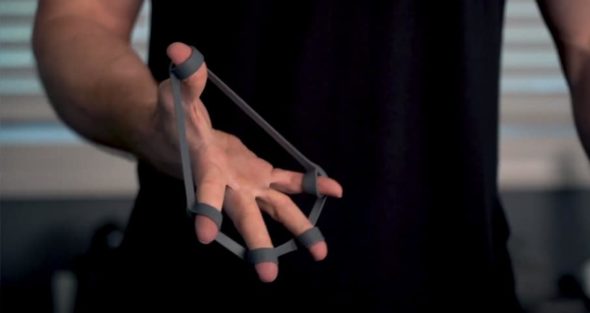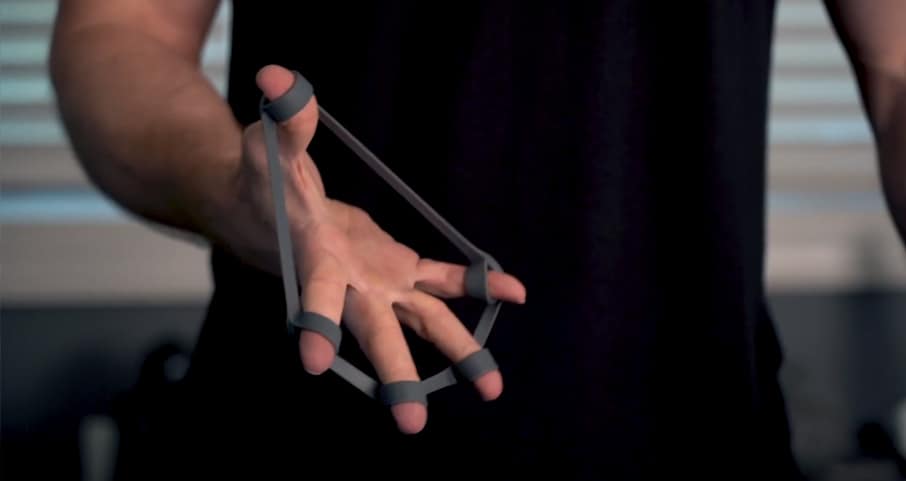Recent studies show that over 160 million American adults play video games. Following the work-and-play-from-home ecosystem being promoted, we can only expect this number to rise over the next few decade. Gamers bodies are different from the average person’s because it relies on the hands. Unfortunately, excessive use of the hands has it’s demerits and can lead to painful conditions like Carpal Tunnel Syndrome (CTS). This guide will discuss CTS, symptoms you should watch out for, and how to fix it.

What is Carpal Tunnel Syndrome (CTS)?
Carpal tunnel syndrome (CTS) –characterized by pressure on the median nerve, which runs through the wrist. Depending on the degree of severity, symptoms might range from mild to severe. Known to affect many people around the world, in this context, CTS is caused by repetitive motions and overuse of the wrist while gaming. While it is not difficult to understand how it happens, managing it is challenging due to the lack of understanding in society.
Here are some factors that make you susceptible to CTS:
- Gender: Women are more prone to develop carpal tunnel syndrome. Their carpal tunnels are narrower than males’, resulting in increased compression on the median nerve.
- Anatomy: While women are more prone to having narrower carpal tunnel, it is still a risk factor for men and women alike. Furthermore, acute injuries or arthritis can modify the carpal tunnel, making it thinner and more likely to compress the median nerve.
- Underlying Health Conditions: Cardiovascular disease, diabetes, rheumatoid arthritis, menopause, thyroid disorders, kidney failure, and Lymphedema are linked to risk.
- Obesity: Obese gamers and eSport enthusiasts are more likely to develop carpal tunnel syndrome.
What are the symptoms?
Some of the symptoms include numbness or tingling sensations in fingers or thumbs, pain in wrists, hands, and arms, difficulty moving your fingers, stiffness, weakness, and fatigue.
How is it treated?
There are many ways to treat CTS other than surgery, including physical therapy, splinting/bracing, medication, stem cell patches, and other devices like ergonomic keyboards.
How Stem Cell Treatment Alleviates CTS Pain?
Stem cell therapy is a non-invasive, effective alternative to traditional treatment. Steroid injections or surgery, for example, have the potential for complications and not-so-pleasant side effects. Stem Cell patches are an in-office treatment that repairs the damage to your hand wrist affected areas by repairing worn-out cells. Pharmaceutical companies harvest stems cells through a process called Liposuction.
Why Ergonomic Keyboards?
CTS, among others, is one of the reasons ergonomic keyboards have become increasingly popular. But here is why they are better than regular keyboards – Constant, repetitive motions to reach for keys placed at different angles cause discomfort. The key to preventing strain is ergonomics, the idea that keyboards should be designed based on how people work (and play).
Regular keyboards force wrists into unnatural positions to reach keys, placing stress on the hands and fingers. The resulting inflammation in the carpal tunnel may lead to pain, tingling, numbness, or other symptoms.
What happens if the carpal tunnel is left untreated?
If left untreated, CTS can lead to permanent nerve damage affecting the wrist and hand. Consequently, feeling like a heavyweight dragging down your hands or fingers, leading to weakness in people’s muscles.

